“The only way you’re allowed to show a breast online is when it’s sick,” said New School Professor Christen Clifford with a laugh, referring to a picture of her breast on her Instagram feed.
Clifford posts her breasts online as a way of communicating her journey through breast cancer; a form of activism and art, she explained. In 2022, Clifford was diagnosed with breast cancer, which would be her third cancer diagnosis within the span of eight years.
Bedridden for months, she said social media apps quickly became a “lifeline to the outside world,” including her family, friends, and fellow survivors. Today, Clifford continues to aid the security she built online, using social media as a way to educate others on the truths behind cancer.
Three battles that consumed eight years
One morning in 2016, Clifford woke up with excruciating pain in her abdomen. While trudging through extreme physical discomfort and with her partner out of town, Clifford painstakingly sent her children off to school, having them ride the subway by themselves for the very first time. She then hailed a cab to the emergency room.
The doctors ran tests and took scans. She told herself, “I’ll be fine, I’ll be fine.” But the results proved a contradiction to her whispers.
Clifford was suffering from a ruptured cyst on her ovary, but the other ovary also had the potential to be cancerous. Later on, she was finally informed that she had ovarian cancer as well as uterine cancer.
Blindsided by this news, Clifford would have to undergo a Radical Hysterectomy with Salpingo Oophorectomy, which meant removing her uterus plus both ovaries and fallopian tubes.
But Clifford didn’t let her diagnosis derail her from teaching.
Receiving the diagnosis and undergoing surgeries in the middle of the spring semester while teaching “What is Rape Culture?”, Clifford was comforted by her students who supported her after she had shared her illness.
Afraid that she’d lose her job, Clifford didn’t tell TNS administration about her diagnosis. Since Clifford was fairly new to the university, she thought, “I’m an adjunct faculty so I was worried that they wouldn’t hire me again if they knew I had cancer.”
She found coverage for her class and then continued to teach 10 days after her surgery; she recounts the short recovery as “insane.” Clifford would teach her classes and then attend chemotherapy appointments after school.
Having cancer “was all new for me as an experience,” she said.
Clifford’s mentality towards cancer then changed, she accepted that a subsequent breast cancer diagnosis was suddenly a matter of when not if. She reflects that she processed that mindset with a realist perspective: “When I get breast cancer, I’ll just have my boobs chopped off. No big deal, whatever.”
By the end of 2022, Clifford was diagnosed with breast cancer. She highly debated the decision of what to do next. She was stuck between three different outcomes: keep the healthy breast and remove the cancerous one, have both breasts removed with no implantation, or have both removed and received breast implants.
“I ultimately decided to have a double mastectomy with what is called a diep flap reconstruction where they harvest fat and blood vessels from another part of your body and transfer it to your breast area,” Clifford said. This required an eight-week leave of absence from teaching in spring 2023.
In eight years, being diagnosed with three different cancers might take a toll on some people, but Clifford’s outlook on her healthcare pushed an optimistic perspective on her journey.
“I’ve learned a lot both times I’ve had cancer,” she added. The first time Clifford had cancer she decided to quit smoking and drinking. With her second battle with cancer, she said she “had to really confront my sexual assaults in a way that I hadn’t confronted them before… I had to do some more, very deep personal work.”
Bodily autonomy is seen through the lens of artwork
She first started posting on Instagram to stay connected with the outside world. But she started posting her breasts to help “people to see the real experience of having cancer.”
But it has not been without controversy. On Instagram, photos of breasts online tend to get censored due to pornography laws, but users can bypass this guideline if they are spreading breast cancer awareness. In addition, her explicit content makes her vulnerable to online backlash. “I’ve been trolled,” she recounted, “I’ve had the police sent to my house.”
But she’s also received a lot of positive feedback. Clifford said she receives many messages from women who are going through their own cancer battles. In addition, a friend of Clifford’s told her that her posts about pink discharge helped his wife catch her cancer early on. Pink discharge is made up of blood mixing with regular discharge. This can be a sign of uterine or ovarian cancer.
Clifford’s social media covers a wide range of advocacy themes, mainly following gender and sexuality, as her art mimics the same ideas of activism. “The freedom to do whatever we want with our bodies is at the center of what I believe in and what I want to explore,” she said.
In her studio, jars of blood lined the floor in the corner. “People would come into my studio and just be like, what the fuck?” But that blood was being used for a three-part piece she called, “I Want Your Blood.” The artwork consists of collecting blood, pouring it on performers, and hundreds of perfume bottles filled with blood.
Another work Clifford exhibited in January of 2023 was “Interiors: We Are All Pink Inside.” It was shown in the Brooklyn Museum for their 50 Years Since Roe: A Convening on Reproductive Justice exhibit. Using mediums like videos, photos, and furniture, her work takes on the idea that everyone’s body parts look the same inside. To prove this, Clifford explored the inside of her genitalia with a Japanese sex toy that held a camera and a light to record.
Bringing advocacy to education
This semester, Clifford is once again teaching her What is Rape Culture? class. And she now has a deeper connection to topics covered in the curriculum.
The class holds great significance to Clifford as she was raped when she was 15 years old. She said that she has “had to do a lot of healing.” The purpose of her class is to educate and advocate.
Although she never assumes that anyone in her class has been sexually assaulted, she said, “My real reason for teaching the rape culture class is to help the people in the class understand that it’s not their fault or to help them, help their friends understand that it’s not their fault.”
Clifford recognizes “that a culture that is patriarchal that values men over women and assumes that women will be raped is the way we live,” coming to terms with this reality “really helps me as a person, as a human, as a middle-aged woman understand that it wasn’t my fault.”
“I feel honored in a way to be able to teach [the class] and to be able to get into these conversations with young people and to people to listen to them,” Clifford said.
Today
Currently, Clifford is working on the theme of abortions and is set to be a keynote speaker for the Feminist Art Project held at the College Art Association in Chicago, IL. She will be speaking at the A New Era: Art, Activism, and Abortion in Post Roe America discussion.
In remission, her journey through breast cancer made her question what she truly wanted out of life, how to love herself more. Having to slow down after her diagnosis allowed her to challenge the sadness she felt.
She said that her artwork is supposed to be, “raw and real.” Clifford’s way of documenting her battle with cancer, she sees, as a performance.
She said, “Art is my life and my life is my art.”

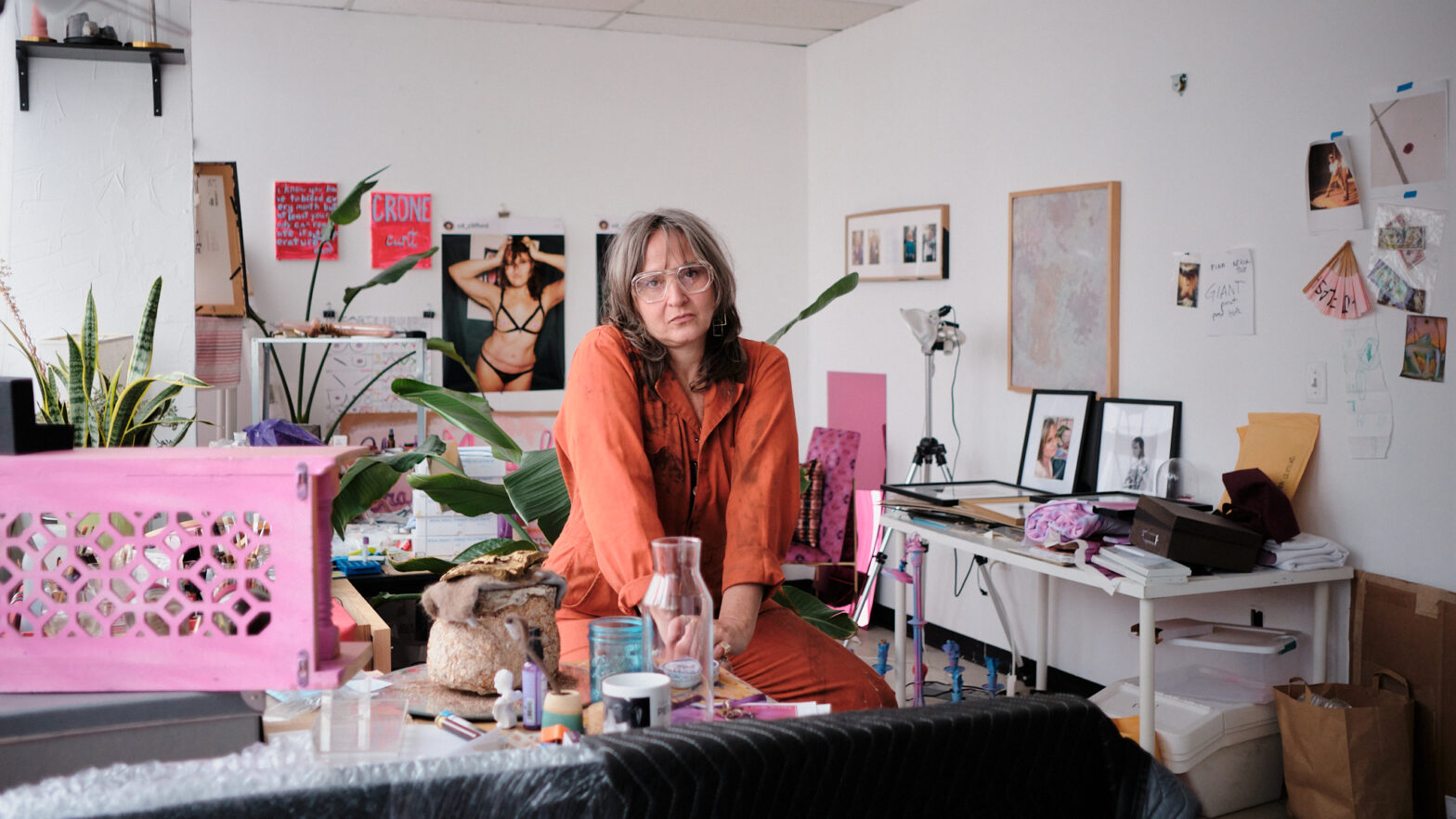
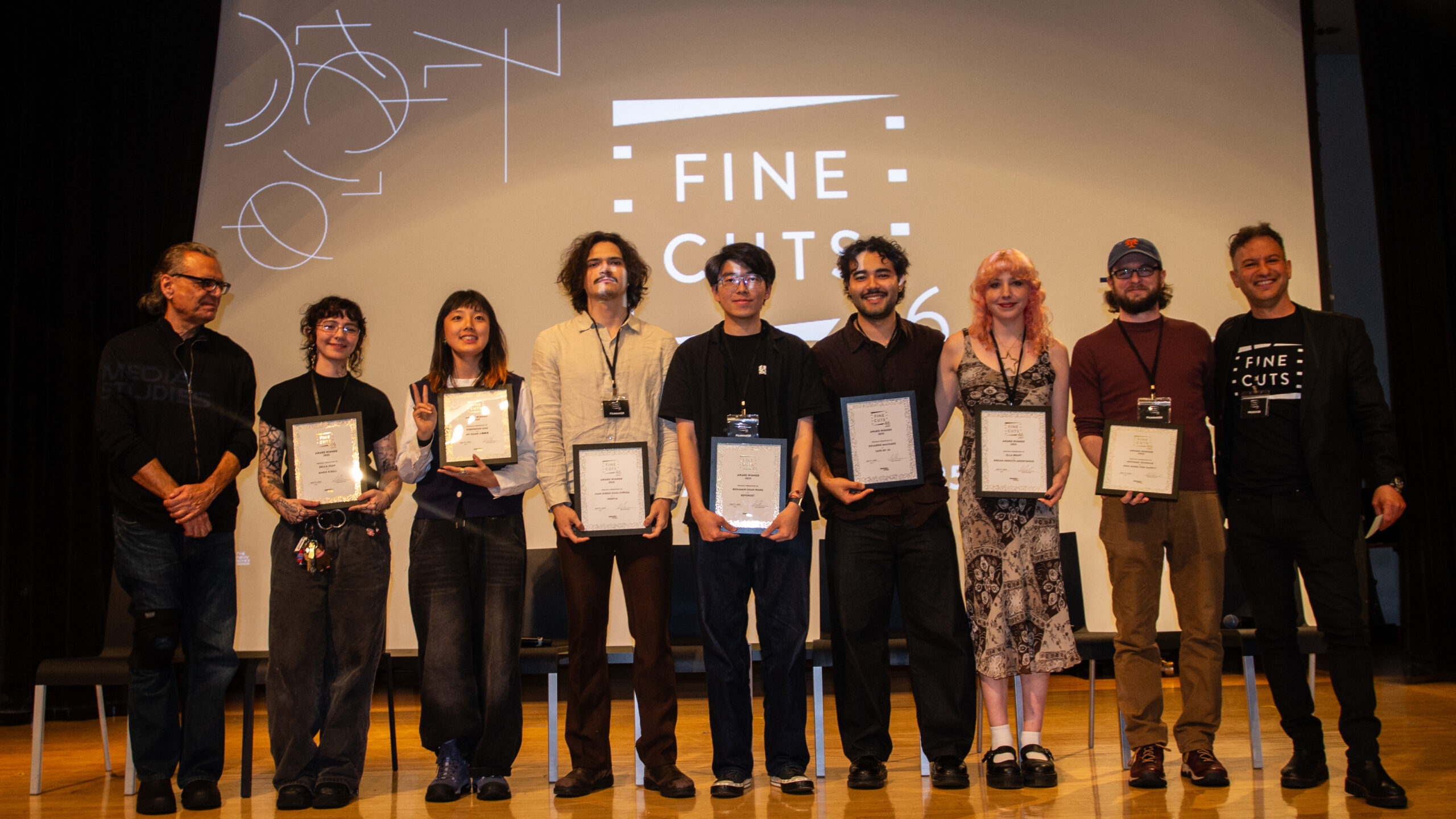
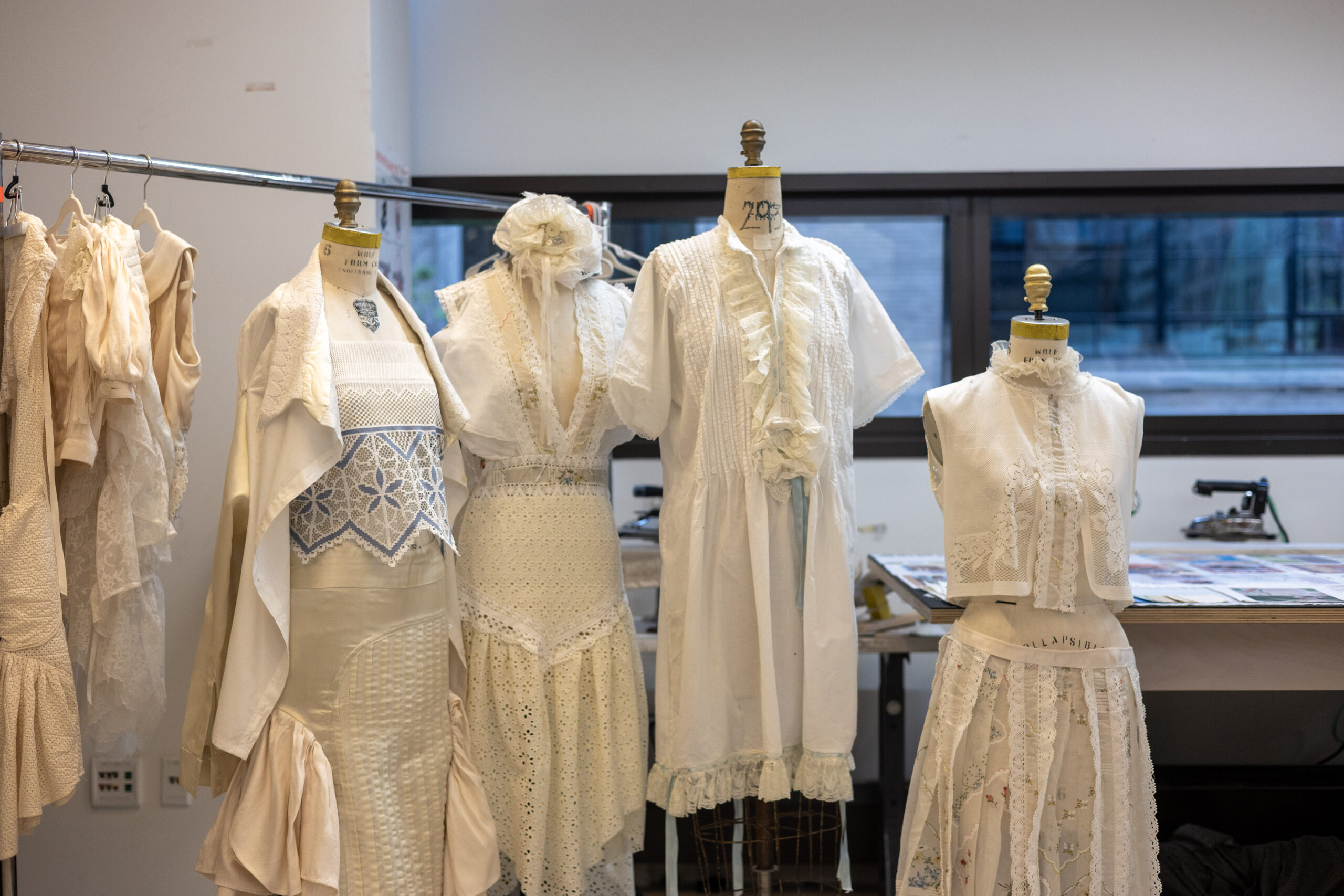

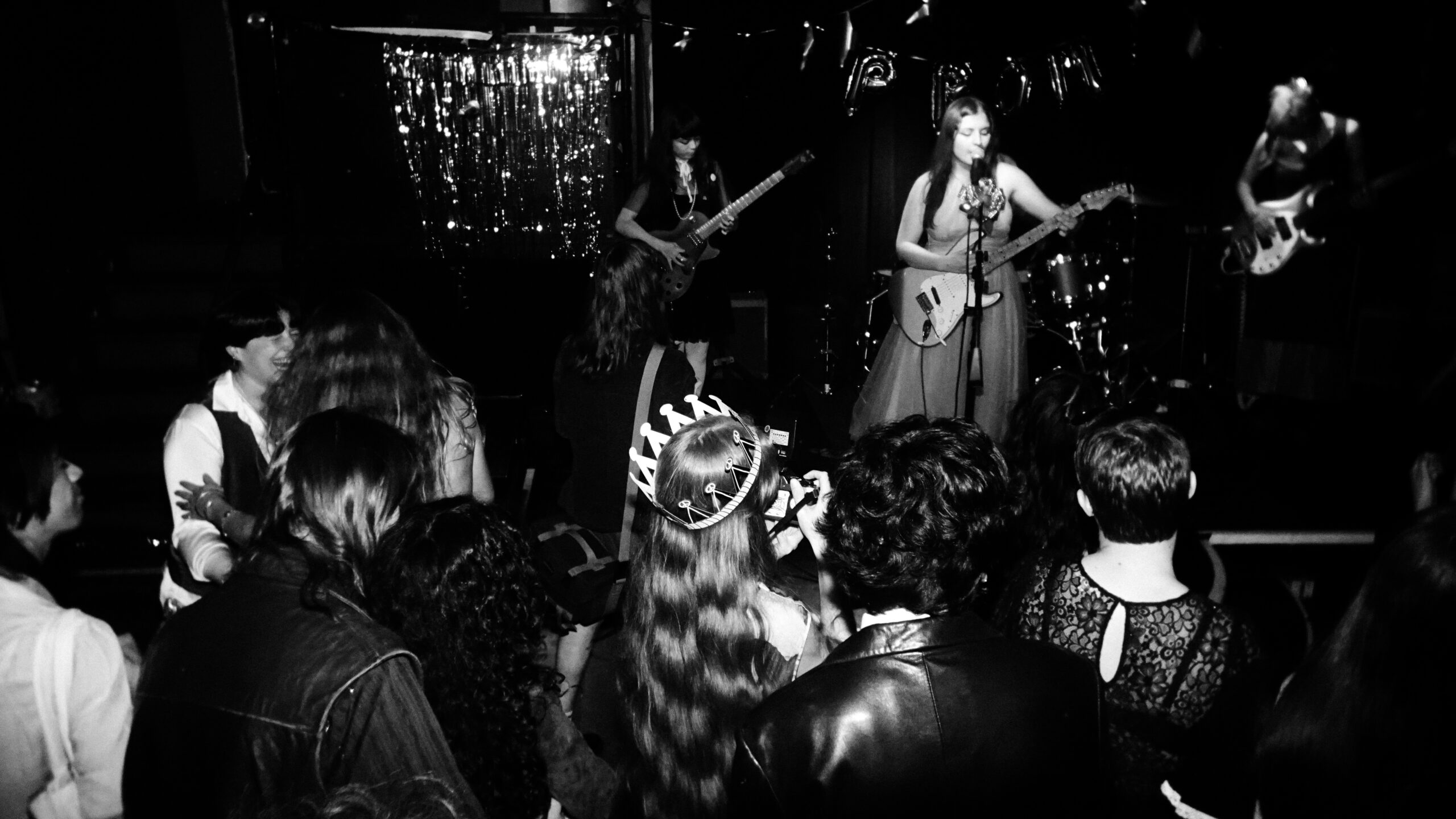
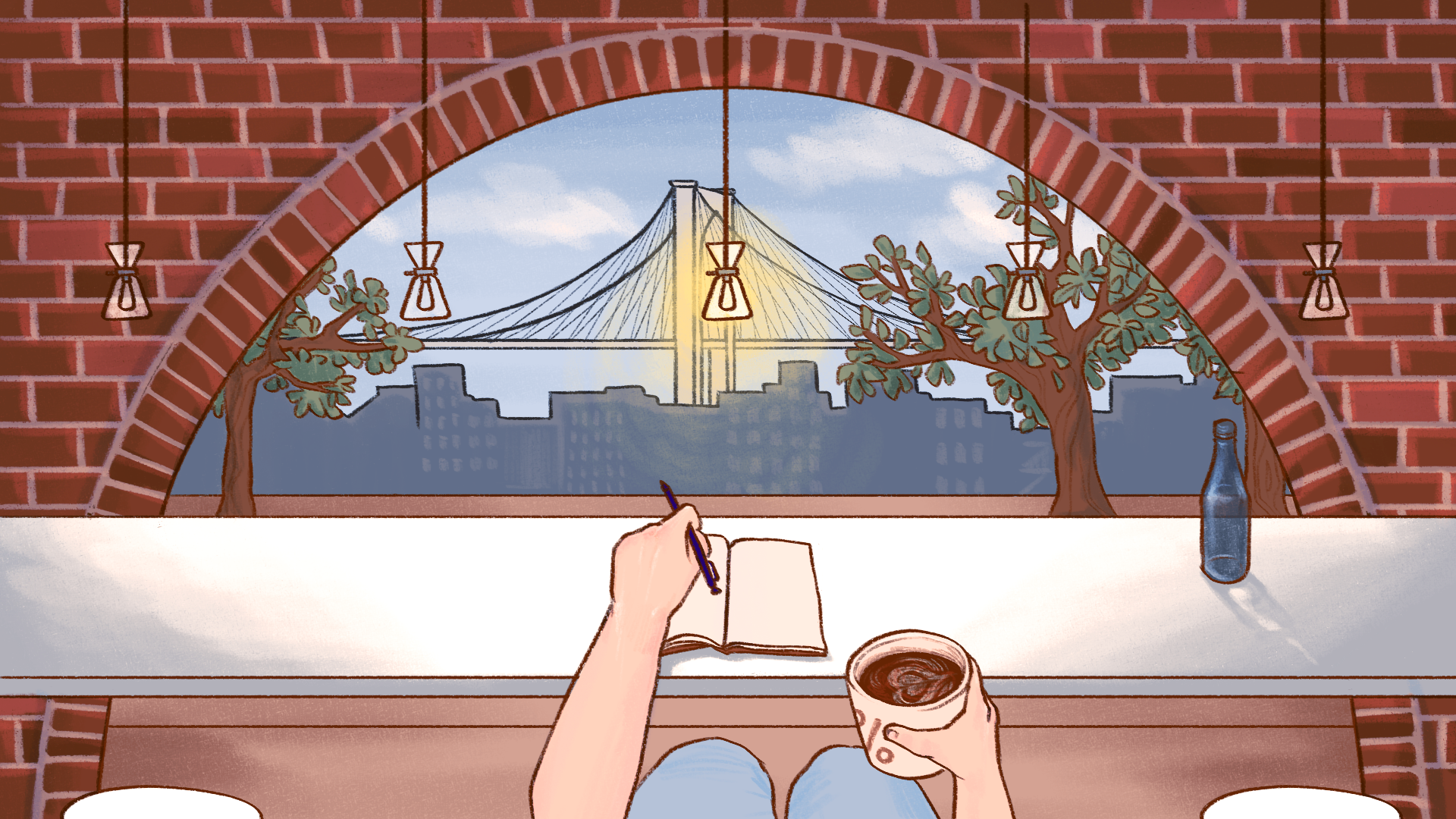

Leave a Reply